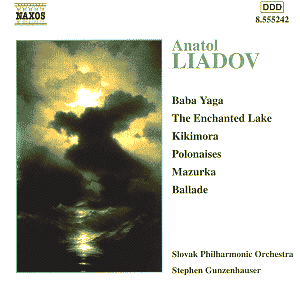 Composer: Giovanni Battista Pergolesi
Composer: Giovanni Battista Pergolesi
Works: Stabat Mater
Performers: Angharad Gruffydd Jones, soprano; Lawrence Zazzo, counter-tenor; Julia Bishop, Joanna Parker, violin; Peter Whiskin, viola; Joanna Levine, cello; Mark Levy, violone; Timothy Brown, organ/director
Recording: Filmed at All Saints, Aldwincle, England
Label: Brilliant Classics
The Stabat Mater of Giovanni Battista Pergolesi, composed in the final year of his brief life, stands as a seminal work that bridges the sacred and the operatic. Written in 1736, this poignant piece emerged from Pergolesi’s struggle with tuberculosis, infusing it with an emotional depth that resonates profoundly with listeners. Commissioned by Neapolitan noblemen, it was intended as a contemporary response to Alessandro Scarlatti’s earlier setting, showcasing Pergolesi’s innovative synthesis of the Neapolitan church style with the lyrical expressiveness characteristic of the emerging opera seria.
This recording presents a compelling interpretation of the Stabat Mater, featuring the ethereal soprano of Angharad Gruffydd Jones alongside the rich tones of counter-tenor Lawrence Zazzo. Gruffydd Jones’s voice is strikingly light and airy, yet it possesses an innate gravitas that deepens as the work progresses. Her opening duet with Zazzo, “Stabat Mater dolorosa,” is a delicate tapestry of intertwining lines that captures both sorrow and beauty, setting the tone for the emotional journey ahead. The nuanced phrasing and dynamic contrast in their delivery reflect a keen understanding of the text’s emotional landscape. Zazzo’s counter-tenor offers a vibrant counterpoint, particularly in the aria “Eja mater fons amoris,” where their harmonization achieves a transcendent quality, evoking a sense of yearning and compassion.
The instrumentation, conducted by Timothy Brown, complements the vocal performances beautifully. The strings, particularly in the lamenting “Vidit suum dulcem natum,” create a lush backdrop that enhances the vocal lines without overwhelming them. The judicious use of the organ adds both depth and a sacred resonance, particularly in the concluding sections, which resonate with the weight of the text’s themes of maternal grief and spiritual reflection.
However, the recording suffers from a significant technical flaw, as the presentation is a film of musicians lip-synching to a pre-recorded audio track rather than a live performance. This choice detracts from the authenticity of the viewing experience; the visual disconnect between the musicians and the music creates a sense of artifice that belies the emotional honesty of Pergolesi’s work. The absence of a live recording is regrettable, as it diminishes the visceral engagement that such sacred music demands. The audio quality itself, while clear and well-engineered, cannot compensate for the disingenuous nature of the visual presentation.
The overall impact of this performance rests heavily on the artistry of the singers and the selected interpretations. Comparisons with other recordings, such as those by renowned ensembles like the English Baroque Soloists or the Amsterdam Baroque Orchestra, reveal differing approaches to phrasing and emotional delivery. Where those recordings may lean towards a more dramatic interpretation, this performance balances a contemplative approach with moments of vigorous expression, particularly in the lively aria “Fac, ut ardeat cor meum.”
The Stabat Mater remains one of Pergolesi’s crowning achievements, encapsulating a poignant blend of sorrow and hope. Despite the disappointing visual presentation of this recording, the vocal performances are commendable, offering a fresh perspective on a beloved work. The recommendation is clear: while the DVD may not fulfill its promise of an authentic live experience, the audio recording is worthy of attention for its exquisite singing and thoughtful interpretation, making it a worthwhile addition to any classical music collection.



